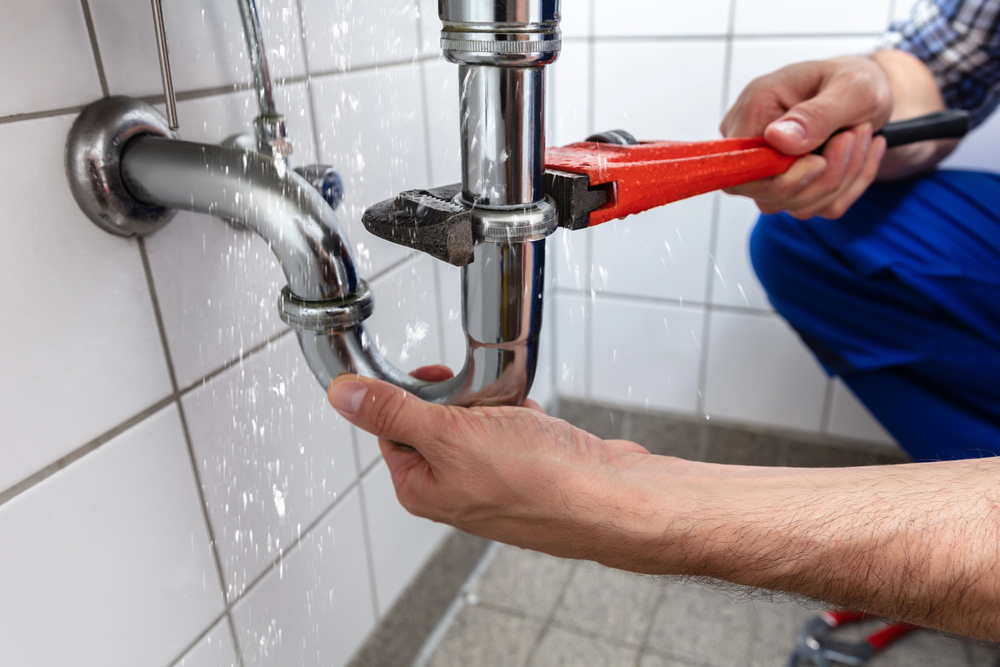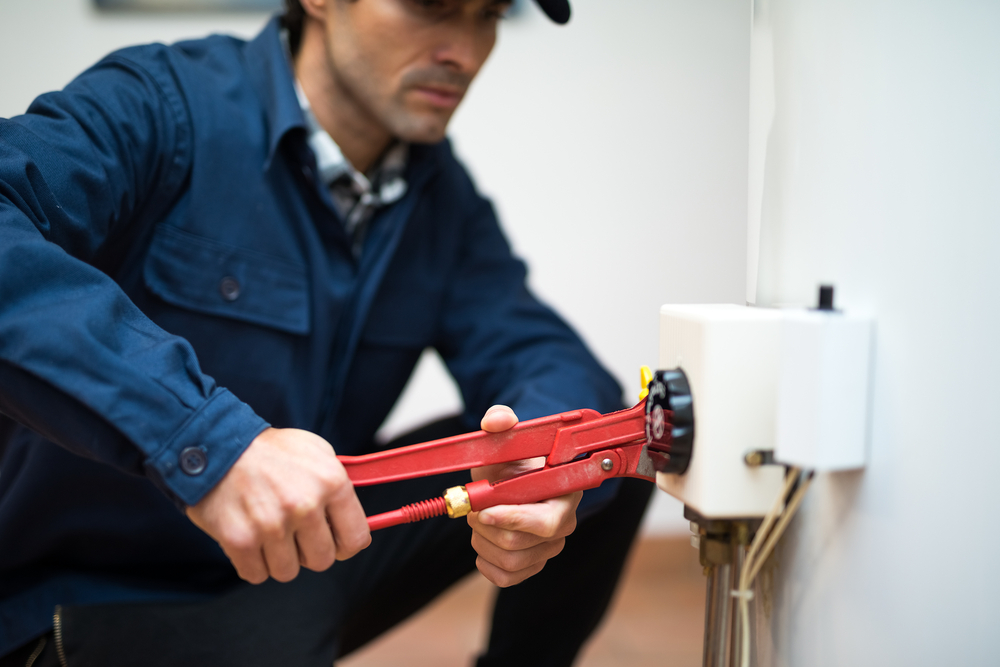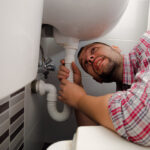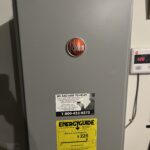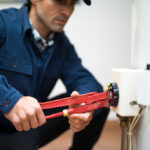Is the water heater in your home experiencing issues that result in cold showers? Common reasons for water heater malfunctions include electrical problems, thermostat malfunctions, and failures in the heating elements.
In the following discussion, we will look into the indications of a malfunctioning water heater, steps to diagnose the problem, and when it becomes necessary to seek assistance from a professional plumber.
Furthermore, we will offer guidance on how to prevent water heater troubles by ensuring proper maintenance and care, thus ensuring the smooth operation of your water heating system.
Common Causes of Water Heater Malfunction
Having a good grasp of the typical reasons behind water heater malfunctions can assist in troubleshooting, repairing, and maintaining your appliance more efficiently, thus guaranteeing smooth and effective operation in your household.
Electrical Issues
Electrical problems are frequently the culprit behind water heater malfunctions, with issues often arising from problems in the electrical connection, circuit breaker, or power source.
When faced with electrical complications in a water heater, it is essential to begin by ensuring that the unit is disconnected from the power supply to prevent any accidents. One common issue to watch out for is faulty wiring, which could result in the failure of the heating element or even a short circuit. To troubleshoot this problem, carefully examine the wiring for any indications of damage or loose connections.
A tripped circuit breaker has the potential to disrupt the power supply to the water heater, leading to malfunctions. In these instances, resetting the circuit breaker and checking for any underlying issues might often resolve the problem. It is crucial to prioritize safety at all times and seek the assistance of a professional if necessary.
Thermostat Problems
Thermostat issues can cause water temperature inconsistencies and are often a primary concern when troubleshooting water heater malfunctions. These problems can present as sudden fluctuations in water temperature, with the water becoming excessively hot or barely lukewarm. A malfunctioning thermostat may prevent the water from reaching the desired temperature, resulting in discomfort during activities like showering.
To identify thermostat problems, homeowners can begin by examining the temperature settings on the water heater and verifying that they are properly adjusted. If the problem persists, seeking assistance from a professional for a thorough diagnostic evaluation may be necessary to identify and address the root cause.
Heating Element Failure
One common issue that water heaters often face is the failure of the heating element, resulting in a lack of hot water and only cold water running from the taps. This situation can be particularly frustrating, especially when the cold winter months demand a comforting hot shower.
If you start noticing fluctuations in water temperature or if the water is consistently lukewarm, this could indicate a problem with the heating element. To diagnose and replace a faulty heating element, the first step is to turn off the power to the water heater and then proceed to drain the tank.
Once you have removed the access panels, you can use a multimeter to check the heating elements for continuity. If you are not confident in performing these steps, it is advisable to seek professional assistance to ensure the safe and accurate replacement of the heating element.
Signs of a Broken Water Heater
Identifying indicators of a malfunctioning water heater, such as leaks, unusual noises, rust, or complete system failure, can enable one to address the situation promptly before a minor inconvenience escalates into a significant issue.
Identifying the Problem
Identifying the issue with your water heater is the primary step in effective troubleshooting and repair, typically necessitating a comprehensive diagnostic procedure.
One valuable approach involves referring to the manufacturer’s troubleshooting guide, which can offer detailed information on common problems and their remedies. Evaluating the thermostat settings, investigating for leaks or unusual sounds, and scrutinizing the pilot light can provide valuable indications. Adhering to a structured diagnostic method is essential for precisely determining the problem. By systematically eliminating potential issues step by step, you can effectively progress towards addressing the root cause of the malfunction in your water heater.
Steps to Troubleshoot a Water Heater
Addressing issues with a water heater requires going through a series of steps, starting from routine maintenance and repairs, to reviewing the user manual and implementing do-it-yourself techniques to resolve typical problems.
Basic Maintenance and Repairs
Routine maintenance and simple repairs, like inspecting the pilot light and gas valve, often prove effective in resolving common water heater problems and keeping its plumbing system in good condition.
Examining the pilot light’s correct burning is vital for the water heater’s efficient performance. Similarly, ensuring the gas valve is free from leaks or malfunctions is crucial to prevent any potential safety risks. Regularly performing these tasks not only aids in quickly identifying and addressing minor issues but also promotes the durability of your plumbing system.
Consistent maintenance also helps prevent expensive repairs or replacements in the future, making it a valuable long-term investment.
When to Call a Professional
Understanding the appropriate time to seek professional assistance for water heater problems can be beneficial in saving time and ensuring dependable service, particularly in situations necessitating emergency repairs or the skills of a certified technician.
Warning Signs and Safety Concerns
Indications of trouble and safety issues, such as leaks or problems with the pressure relief valve, should prompt individuals to seek technical assistance to prevent potential dangers.
Leaking pipes, for instance, have the potential to cause water damage or promote mold growth if not promptly addressed. Similarly, a faulty pressure relief valve on a boiler could lead to a hazardous escalation of pressure. By remaining watchful and promptly addressing these warning signs, individuals can safeguard themselves and their property from accidents or expensive repairs.
It is crucial to prioritize safety at all times, so do not hesitate to contact a professional technician for help in addressing any potential safety hazards.
Preventing Water Heater Issues
Preventing water heater problems with proactive maintenance and routine inspections can improve energy efficiency and offer a cost-effective approach to preventing future repairs.
Proper Maintenance and Care Tips
Ensuring the proper maintenance and care of your water heater is crucial to prolong its lifespan and optimize its performance.
One environmentally-friendly approach to managing sediment accumulation in your water heater involves regularly flushing the tank to eliminate any debris that has built up over time. This straightforward maintenance task helps prevent blockages and ensures the heater functions efficiently.
Additionally, installing a water softener can mitigate scale accumulation resulting from hard water, ultimately enhancing the heater’s durability. To address rust concerns, it is advisable to inspect the anode rod annually and replace it as needed. By integrating these environmentally-conscious practices into your regular maintenance routine, not only do you support sustainability efforts, but you also reap the long-term rewards of improved energy efficiency and cost savings.
